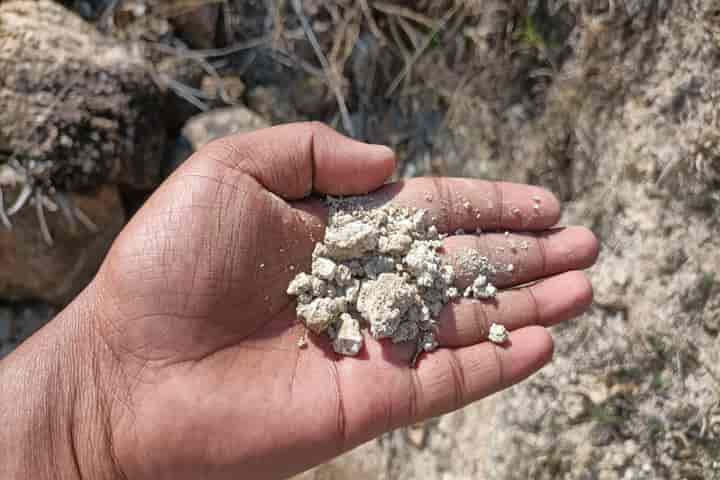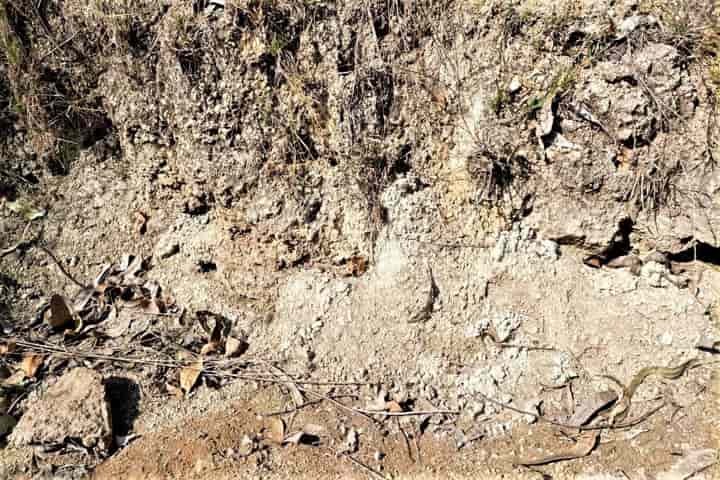Through an important geological find in Telangana’s Medak district, it has come to light that ash from Toba volcano that erupted 75,000 years ago in Indonesia reached Hastalpur village of the State.
Making this discovery was B.V. Bhadra Girish, a researcher of Kotha Telangana Charithra Brundam who found this when he was exploring a prehistoric rock art site at Pandavulagutta in the village. He was told by the villagers about mounds of ash that were present there and that the locals used chunks found there as chalk and for other purposes.
Intrigued by this information, Girish took samples from the ash mounds that were two feet deep and got them analysed in the laboratory. The results were astounding as it was found that there was no carbon in them and that 5 mg content of sulphur was present in them. Further the particles had sharp edges which is the same as that of volcanic lava ash.

These details were submitted to Chakilam Venugopal, former Deputy Director of Geological Survey of India, who confirmed that it was indeed volcanic ash of the Toba volcano.
Toba eruption occurred 75,000 years ago at the site of present-day Lake Toba in Sumatra, Indonesia. Considered as one of the world’s largest known explosive eruptions, it is said that the event caused a global volcanic winter for a period of six to ten years and possibly a 1,000-year-long cooling episode.
Similar ash piles have been identified in the past at Murreru near Kothagudem and in some parts of the Manjira valley in Telangana. Likewise, Jwalapuram village in Andhra Pradesh has reported the presence such ash piles. So violent was the eruption that lave ash is said to have travelled all the way from Indonesia to Bay of Bengal and Deccan plateau in India.
Earlier it was thought that these ash mounds came into being due to iron smelting or burning of cattle dung in the prehistoric times.




















